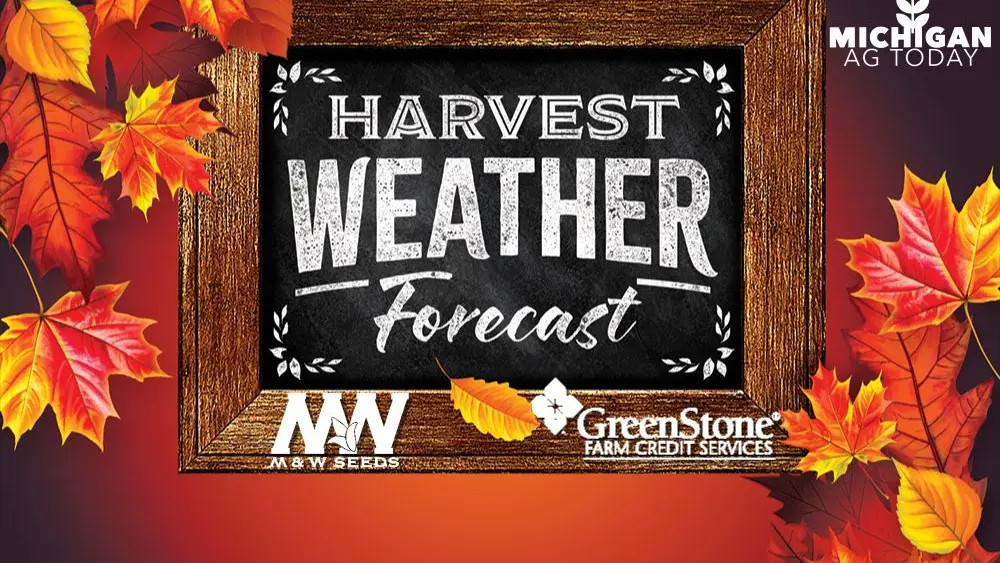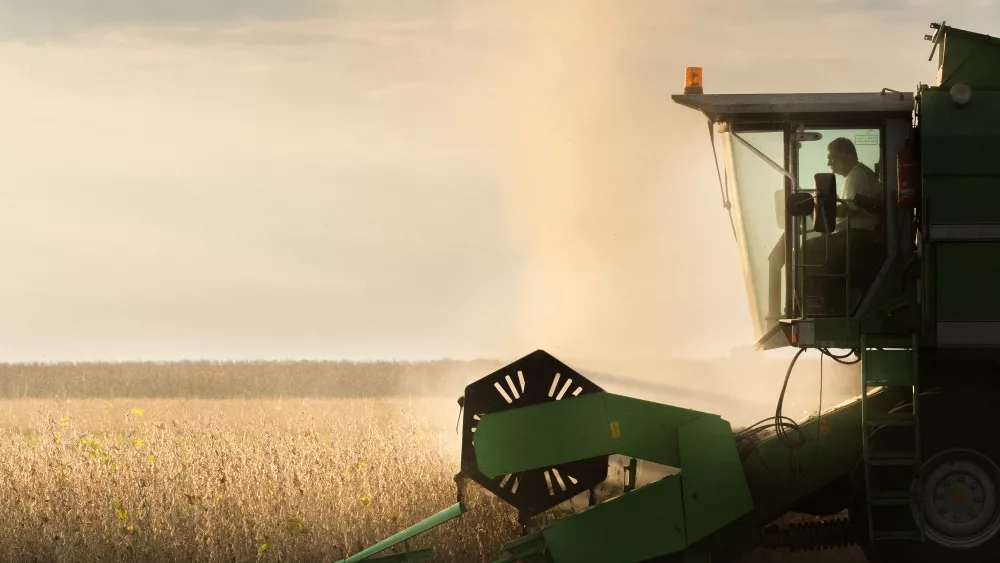
More than 100 wildfires are burning in California, Oregon, Washington, Idaho, Montana and Wyoming, scorching nearly 2.3 million acres. The effects of those persistent fires can be physically seen here in Michigan. According to Jeff Andresen, state climatologist, solar radiation reflects off smoke particles, giving us vibrant sunrises and sunsets.
“It has to go through a longer path of the atmosphere,” he said. “The spectrum we see with the prism—that’s the visible spectrum—and during these high scattering events where the radiation is reflected, we lose some of the higher frequency blue light and we gain some of the reds and oranges, which is why we tend to see more vivid colors when that smoke plume is there.”
There are also a lot of unseen effects to these fires. Andresen has found a roughly 10 percent reduction in solar energy making it to the earth’s surface because of that reflection. During Andresen’s Ph.D. research, he examined the effect of solar radiation on corn production.
“What I found was, and what’s been confirmed since, is that it only uses a few percent of the energy that comes in—it’s very efficient,” said Andresen. “Naturally, we never really see limiting situations or we don’t under a natural circumstance. Historically, we don’t ever see enough limitation in solar coming in to make a difference.”
He said the further west you go, that percentage will increase. Blockages need to be significantly greater to have impacts on grain fill and yield. However, there is some good that is coming out of these wildfires.
“With diffuse solar energy coming in from different directions, it turns out that the penetration of that energy into the crop canopy is more effective,” said Andresen. “It means that we can actually have lower portions of the crop canopy contributing more to photosynthesis than they would otherwise.”
These hazy days make it a couple degrees cooler than what it would be otherwise. Andresen said it hasn’t made much of a difference here, but out West, it’s helping the already drought-stressed crops.
“When they have these reductions in solar energy, and maybe some reductions in daily maximum temperature, you could make a pretty good argument that the water stress levels are not as high as they would have been if the air temperature had been higher—there’d be more demand for water.”
Andresen adds that the fire-stricken areas out West aren’t expected to see a seasonal climate change to get wetter conditions until the fall.





